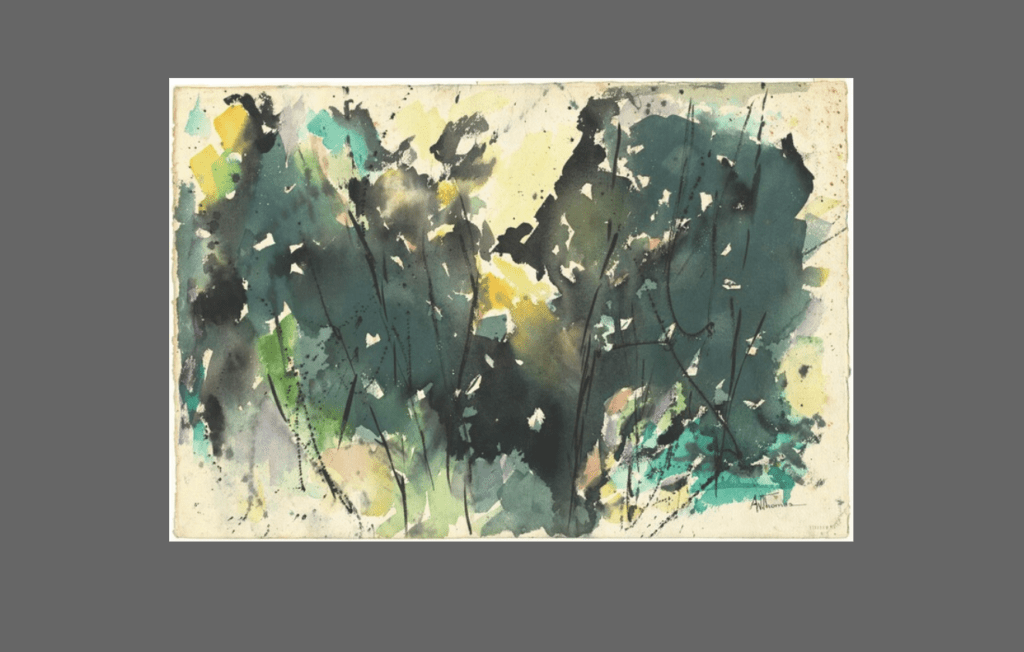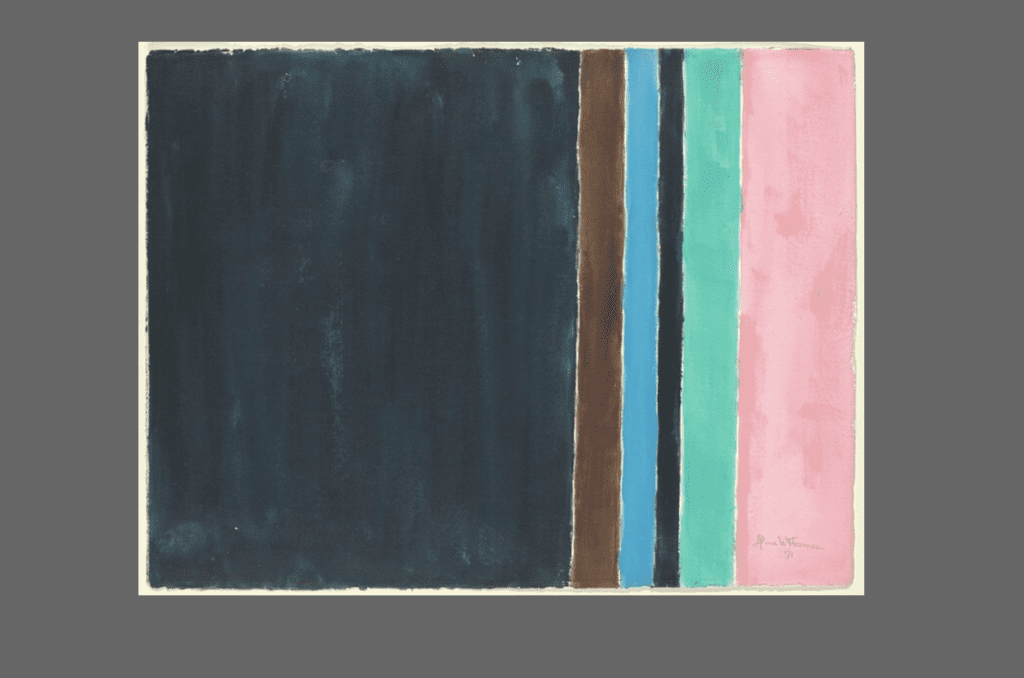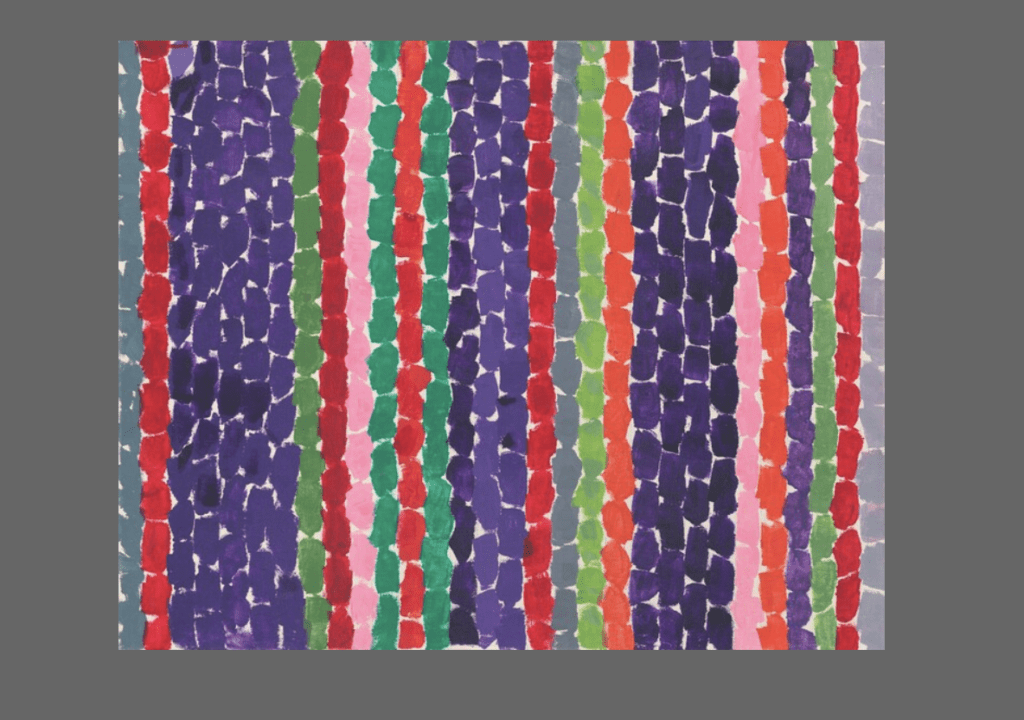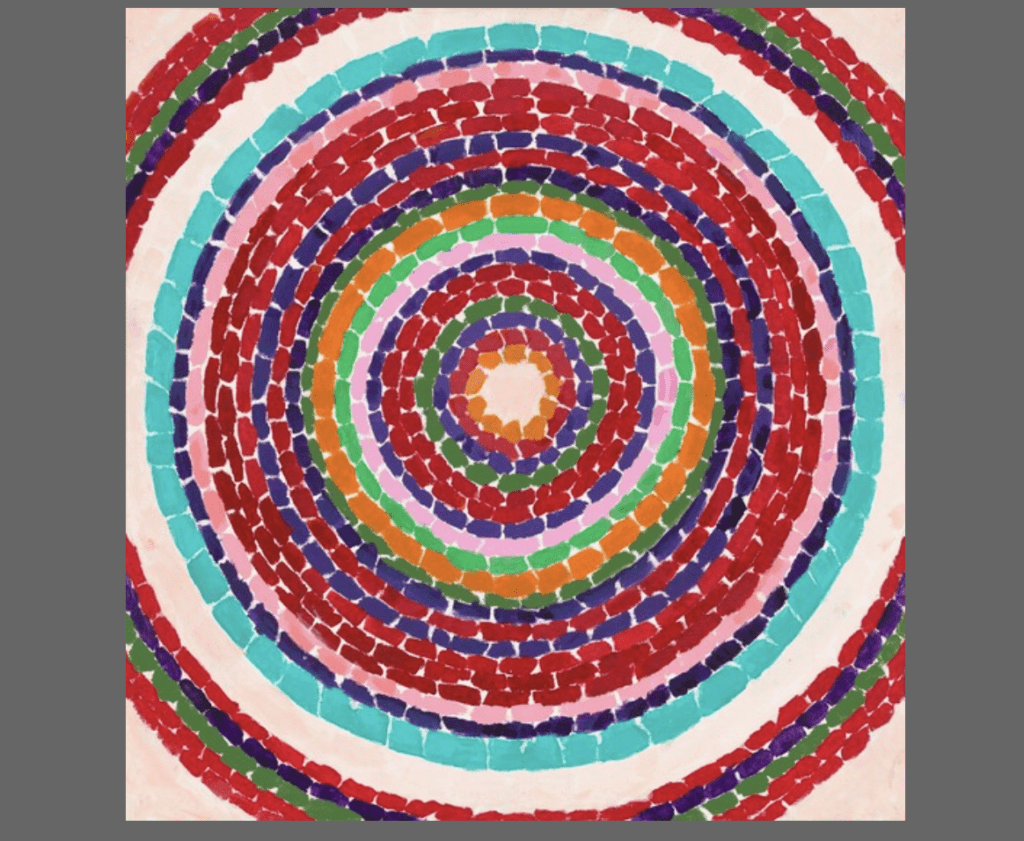Understanding Art through Artle
Students often ask me how they can prepare for AP Art History or AP Studio Art over the summer, and my response is usually more straightforward than expected.
Look at art.
Make art.
And while looking at and making art and still the foundation of preparing for any art course, I’m going to give you more ideas about how to reflect on and understand what you see and what you created.
I’ve yet to join the trend of wordle, I’ve never been much of a trend person, but I haven’t started playing Artle.
Spending 1-3 minutes each day trying to guess the artists aren’t going to make you an expert at art history or art-making, but with a few more minutes and added steps, it’s a great way to develop your ability to understand art.
I will use the term understanding a lot today because the goal in any of my teaching is for you to understand.
Looking at art does not mean that you understand it; it means that you see it and perhaps appreciate it.
Making art doesn’t mean that you understand the language of art; it means that you know how to put marks on a page or that you’ve developed your ability to observe and recreate what you see.
Understanding art or any subject is a step further. When you understand something, you can make connections and understand the topic, process, or problem outside of the context where you learned it. Understanding is where the magic happens.
Understanding by Design by Grant Wiggins and Jay McTighe outlines six facets of understanding:
- Can explain
- Can interpret
- Can apply
- Have perspective
- Can empathize
- Have self-knowledge
When looking at a work of art, we:
- Observe
- Describe
- analyze
- interpret
- synthesize
The steps of understanding a work of art, and the facets of understanding outlined in Understanding by Design, are very similar. Let’s apply them to Artle.
If you’re unfamiliar with Artle, you’ve shown up to 4 works of art each day. The first work is usually the least famous or well-known from the artists, and as you progress, you’re shown images by an artist that you’re more and more likely to have seen.
As you look at each image, ask yourself, what do I see? And describe and explain it. You’re trying to think about, where have you seen this before? What does it remind you of?

Image 1:
I see stains of color; these momentarily remind me of Helen Frankenthaler. Next, I see splattered black lines, which remind me of Jackson Pollock. (neither of these artists is correct)

Image 2:
I see flat areas of color, which reminds me of color field painters like Mark Rothko, but the way the color lays on the page tells me that it’s not Rothko; his colors tend to be more opaque.

Image 3:
I see colorful stripes made up of rectangles, almost like torn pieces of paper. At this point, I know that I know that artist, but I can’t recall the name.

Image 4:
This shows the same technique and mark making as image 3, but not it forms a circle.
Answer: Alma Thomas
Moving from guessing to understanding
Whether you’re able to guess the artists or not, you can take a little extra time and practice understanding the work.
Can explain
- You practicing explain what you saw as you moved through each image.
Can interpret
- As you looked at the work, you likely tried to interpret it. What is the purpose, what does it mean, and what do you see?
Can apply
- What are key ideas or concepts that you saw in the work? How can you apply some of those to your work if you’re making art? ( Alma Thompson had a strong interest in color theory and was inspired by colors and patterns in nature.) How can you apply what you saw in Alma Thompson’s work to help you identify artists that may have inspired her or artists that she may have inspired? ( She was inspired by artists like Morris Louis, Kenneth Noland, and Gene Davis.)
Have perspective ( In art, we call this context)
- Take a few minutes to research the artists; what can you learn about their life that may have impacted the work that they created?
Can empathize
- If you don’t like the work you see, think about who might enjoy the work and why? If you like the work you see, think about people that might not like the work and why?
Have self-knowledge
- Reflect on your knowledge. How do your experiences and previous knowledge impact how you respond to the work that you’re looking at?
While this takes a bit longer than looking at some images and guessing names, you’re much more likely to remember the name Alma Thomas, be able to identify her work in the future and make connections to other areas in your life.